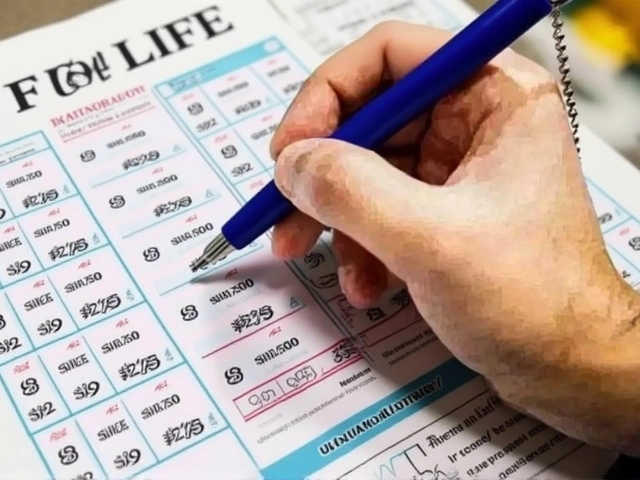Perception in Motorsports: Why What You See Matters
Ever wondered why some races feel more exciting than others, even when the cars are equally fast? It’s all about perception. The way we see a race, a driver, or a technology can change the story we tell about it. In motorsports, perception shapes fan loyalty, sponsor money, and even the rules that keep everyone safe.
How Perception Affects Safety Talk
Take MotoGP versus Formula 1. Many fans say MotoGP feels riskier, and the feeling isn’t just about the speed. Riders are exposed, so the visual image of a rider in full leather, leaning into a corner, feels more dangerous than a driver inside a carbon‑fiber cockpit. That perception pushes broadcasters to highlight crashes, which in turn makes safety improvements more visible. When fans perceive a sport as unsafe, organizers respond with better helmets, stricter track rules, and more medical staff.
Perception of Dominance and Brand Power
Audi’s streak at Le Mans is a perfect case of perception shaping brand image. The public sees the German marque winning over and over, so they link Audi with engineering excellence. That perception isn’t only about the car’s hybrid tech; it’s also about the story told in the media, the sleek liveries, and the roar that fans hear on television. When a brand’s dominance is perceived as unstoppable, sponsors line up, and rival teams are forced to innovate just to stay relevant.
Even something as simple as a race venue can tilt perception. Fans often ask why NASCAR never runs at Barber Motorsports Park. The answer isn’t just the track’s layout; it’s the perception that Barber is a “motorcycle‑only” playground. That image makes it hard for stock‑car fans to imagine a NASCAR event there, so the schedule stays unchanged.
Perception also shows up in the way we view new tech. The recent MultiVersus reload, built on Unreal Engine 5, felt fresh because gamers perceived it as a step up from the old version. The hype around new graphics and cross‑play features made players expect a smoother experience, and that expectation drove early adoption.
Street racing provides another angle. Some viewers romanticize the underground scene, seeing it as pure adrenaline. Others see only danger and illegality. That split perception influences city policies, law‑enforcement focus, and how quickly legal track events gain popularity.
So, how can you use perception to your advantage as a fan or a marketer? First, know the story you want to tell. If you’re a rider, highlight the skill and precision that keep you safe. If you’re a brand, showcase the engineering details that support your winning streak. Second, choose the right visual cues – bold colors, dramatic camera angles, and behind‑the‑scenes footage all steer perception toward excitement.
Lastly, stay aware that perception can change fast. A single crash, a sudden rule change, or a surprise win can flip the public’s view overnight. Keeping an eye on fan forums, social media chatter, and race commentary helps you spot those shifts early.
In the end, perception isn’t just a feeling; it’s a powerful tool that drives money, safety, and the stories we love about racing. Understanding it lets you enjoy the sport more fully and maybe even influence the next big buzz on the track.

In recent discussions, I've noticed that many people believe automotive racing is extremely dangerous. However, after delving deeper into the topic, I discovered that safety measures have significantly improved over the years, reducing the risk of accidents and fatalities. Technological advancements and stringent regulations have also played a significant role in making the sport safer for participants. While there is always an inherent risk in racing, it's important to remember that the sport has evolved and become safer over time. Let's not forget the passion and dedication of the racers, who continuously train and adapt to minimize risks and perform their best on the track.
Maverick Kincaid May 5, 2023



